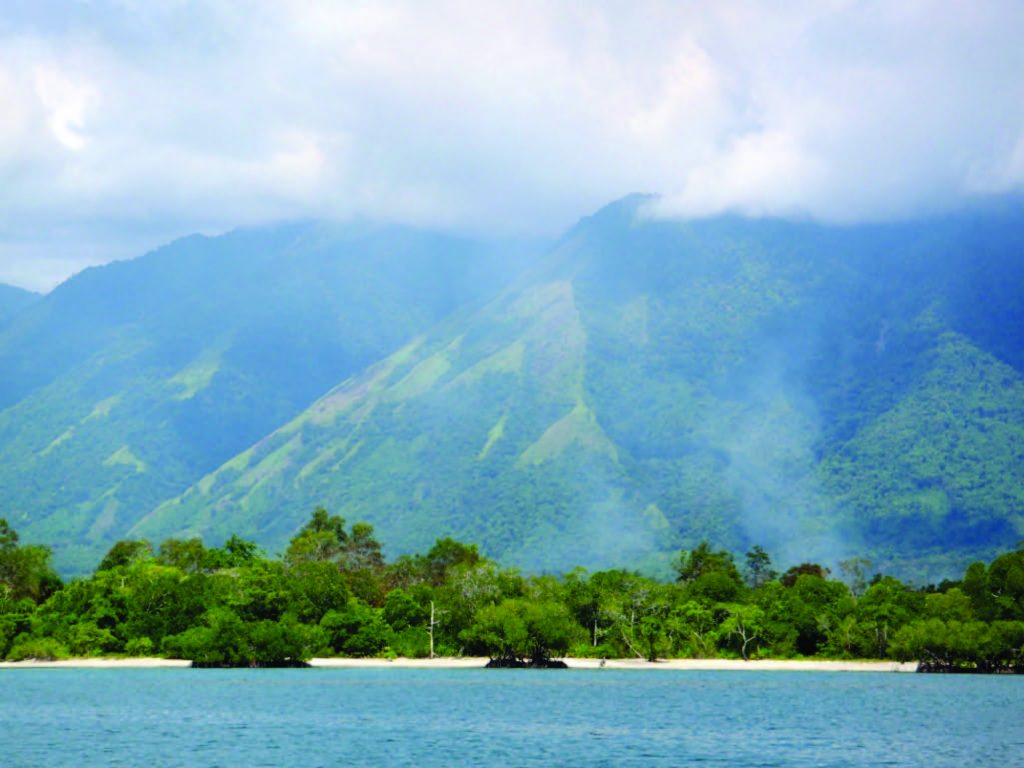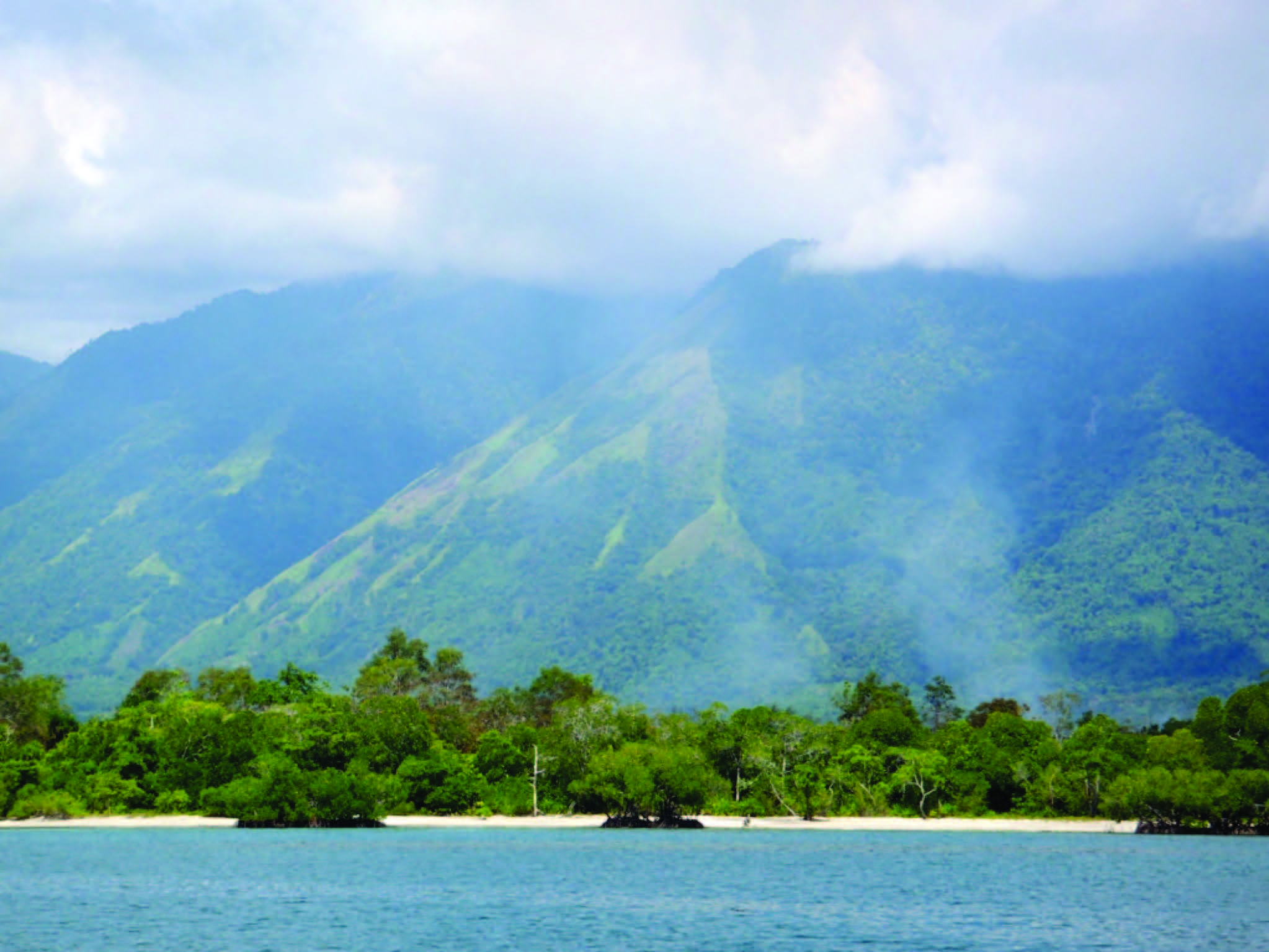We are excited to invite you to the first seminar of the 2025 Geology and Geophysics Seminar Series (formerly Earthbyte Seminars), featuring Professor Stacia Gordon from the University of Nevada-Reno. Stacia will be presenting on “Rates, Conditions, and Scales of Mass Transfer From the Mantle to the Crust: Insights from Earth’s Youngest UHP Terrane” sharing fresh insights and innovative methods in geoscience.
Date: January 30, 2025
Time: 11:00 a.m. – 12:00 p.m. AEDT
Location: Room 449 (Conference Room), Madsen Building (F09), School of Geosciences
We look forward to seeing you there in person or joining us online!
https://uni-sydney.zoom.us/j/89430004620?from=addon
Rates, Conditions, and Scales of Mass Transfer From the Mantle to the Crust: Insights from Earth’s Youngest UHP Terrane
Abstract
Ultrahigh-pressure (UHP) terranes record the subduction of crustal material to mantle depths as well as the relatively rare exhumation and return of this material to the surface. The rates, scales, and conditions under which these processes have occurred have significantly affected the geochemical evolution of Earth and have great influence on the tectonic evolution of convergent plate margins. On the D’Entrecasteaux Islands, southeastern Papua New Guinea (PNG), a series of domes contain the youngest known ultrahigh-pressure (UHP) eclogites and associated gneisses. The PNG UHP terrane is unique for two reasons: 1) it is exposed within an active, rapidly moving plate tectonic system that includes extension partly due to continental rifting; and 2) of all UHP terranes, this area exposes—by far—the greatest volume of crystallized melt in abundant leucusomes and large granodiorite plutons. In order to understand 1) the UHP metamorphic history; 2) the timing of melt emplacement, and 3) the complete exhumation and deformational history of the eclogites and surrounding gneisses, a series of leucosomes, dikes, and eclogites were analyzed by U-Pb ID-TIMS zircon geochronology. Establishing the timing of these exhumation and melting processes hasprovided the framework for a larger seismic and geodetic research program geared to reveal how buoyancy drove the exhumation of subducted crustal material from mantle to crustal depths within ~ 3 myr.

![]()

